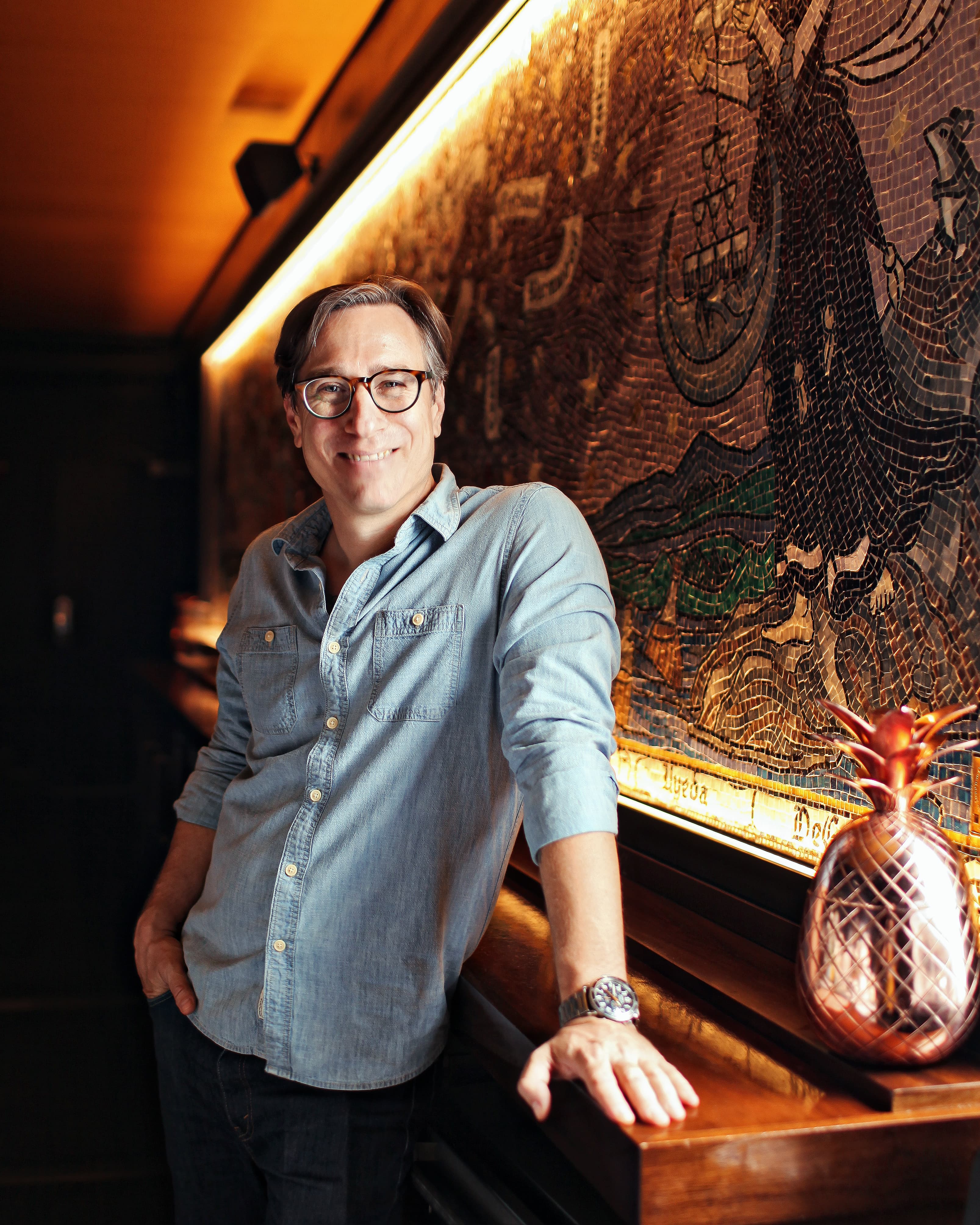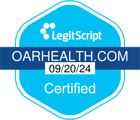The Future of Serious ‘Mocktails’ Is Here, and It’s Become a Movement

As counterintuitive as it may seem for someone I ran bars with, my former business partner didn’t drink.
Not because she had some down-and-out story about drinking too much; she just didn’t like the taste. I had found this out before we were partners, when she sat at a bar where I worked and asked me for a nonalcoholic drink—what is colloquially called a “mocktail.”
I obliged and dug out a recipe for Orgeat Lemonade from “How to Mix Drinks; or, The Bon-Vivant’s Guide” by celebrity bartender Jerry Thomas. (If you haven’t heard of Jerry Thomas, that’s understandable; his celebrity tenure was in the 19th century, when he wrote the first bartender’s guide mentioned above.)
The “mocktail,” which Thomas referred to as a “temperance drink,” included sweet almond syrup, fresh lemon juice, fresh berries, and mint, and was served in a beautiful glass with pebbled ice.
It was as elegant and complex as any cocktail with alcohol. The difference from the Orgeat Lemonade and cocktails with alcohol was that it wasn’t on the menu, and very few bartenders knew that recipe or, really, any other nonalcoholic drink, save a much less sophisticated drink, the Shirley Temple. Thankfully, that has since changed.
More recently, I was at Bar Convent Brooklyn, a trade convention for bartenders and industry professionals. I spoke on a panel on nonalcoholic cocktail bases. In other words, what you can use in place of alcohol to create cocktails.
I felt a little nervous as we were setting up––there were very few people in attendance. However, as we approached the start, people streamed in. The panel was not only well attended but also encouraging; many bartenders came up to us afterward asking for advice. I was relieved. It would seem the days of the Shirley Temple being the sole mocktail at bars are numbered.
A new movement is fomenting, one where no- and low-alcohol cocktails are front and center.
Though I’d like to take credit for the movement, there isn’t one singular person who created it. It was, however, prophesied in 2016 by drinks writer Julia Bainbridge, who penned an article for Food52 titled Imagine a Future Where Mocktails Are Taken Seriously. She later wrote a book on nonalcoholic drinks called “Good Drinks: For Those Who Aren’t Drinking, for Whatever Reason.”
The following year, 2017, another Julia––Julia Momosé––wrote her manifesto, “Spiritfree,” which also advocated for nonalcoholic cocktails—this time asking us to drop the word “mocktail.”
After all, we’re talking about adult-sophisticated beverages that often share the same organoleptic characteristics (taste, color, odor, and feel) as cocktails with alcohol, and are just as complex and beautiful.
Many mocktail books and articles came before these, and there were plenty of isolated bartenders like myself making nonalcoholic drinks. But it was on the heels of these articles that the movement coalesced into what we see today with podcasts, alternatives to AA, books, dry bars and bottle shops, and organizations such as ANBA, the Adult Non-Alcoholic Beverage Association.
There are, of course, many new No & Low beers, wines, and spirits, too. In fact, I work for one as the director of education for Spiritless. Nonalcoholic spirits are a perfect example of the growth we’ve seen. Writer Camper English has been documenting the rise of nonalcoholic spirits on his blog, Alcademics.
When I first started following it a few years ago, there were under 50 brands. Today, there are 154, which tracks with statistics from IWSR (International Wine & Spirit Research) that suggest the no- and low-alcohol segment of the total beverage alcohol market will grow by 31% by 2024 (1).
The press has picked up on the movement, too, and just within the last two months we’ve seen articles about it in The New York Times, Food & Wine, and CNN. It feels like No & Low is everywhere. On top of that, it’s also Dry July, which follows Dry January, which is capped by Sober October. The movement is replete with its own holidays, though they are built around abstinence and not indulgence.
Elements of wellness are also part of the newly minted movement, and books like “Sober Curious: The Blissful Sleep, Greater Focus, Limitless Presence, and Deep Connection Awaiting Us All on the Other Side of Alcohol” by Ruby Warrington, along with others, have contributed by anointing a “new sobriety” that calls for moderation.
Unlike its Alcoholic Anonymous counterpart, this new sobriety can include nonalcoholic drinks. The moniker for this may be best termed “mindful drinking.” People aren’t giving up alcohol so much as becoming more aware of the reasons why they drink. They are mindful of their choices. (Of course, whether this is right or not for people in recovery is a question best answered by the individual and their therapist, sponsor, or doctor.)
For whatever reason you’re not drinking, the movement toward No & Low is a boon. And what it signals, more than anything, is a move toward more and better choices.
While my former business partner ended up with a beautiful, delicious Orgeat Lemonade, there may be others who simply don’t ask or don’t go to restaurants and bars for fear they will be sidelined with cans of pineapple juice, Coke, or a kiddie drink. Not anymore.
With the No & Low movement, there are now a bevy of menus with creative, sophisticated adult drinks.
And to Julia Bainbridge, who wrote her 2016 article inspiring so many to take up the cause, I have an answer to the question she posed so eloquently in the headline: The future of serious mocktails, er, nonalcoholic cocktails, once only imagined, is here.
About The Author
Derek Brown is the founder of Positive Damage, Inc., a NASM-certified wellness coach, advocate for mindful drinking, and expert on no- and low-alcohol cocktails. Brown was recognized as a leading beverage figure affecting positive change in the global bar industry by Drinks International in 2020 in their “Bar World 100” list. In 2022, Brown published his second book, Mindful Mixology: a Comprehensive Guide to No- and Low-Alcohol Cocktails. Follow Derek on Twitter @PositiveDMG and visit his website positivedamageinc.com.
Related Articles
- How It Works
- Alcohol & Health
- Alcohol Misuse & Alcohol Use Disorder
- Strategies to Drink Less or Quit
- Treatment Options
- Medication-Assisted Treatment
- Recovery Stories
- Member Stories
- Moderation Stories
- Sobriety Stories
- ¹ Oar Health membership plans include access to the Oar Health platform, virtual consultations with a healthcare professional, and medication if prescribed by a healthcare provider. 3 month membership plan costs $297, equating to $99/mo.
- ² Self-reported by members after 6 months of Oar Health membership.
- ³ Verywell Health survey of Oar Health members, published March, 2023.
- ⁴ Prescription medication is available only if prescribed by a licensed clinician.
- ⁵ Compounded medications are prepared based on a prescription from a healthcare provider. They are not reviewed by the FDA for safety or efficacy.




